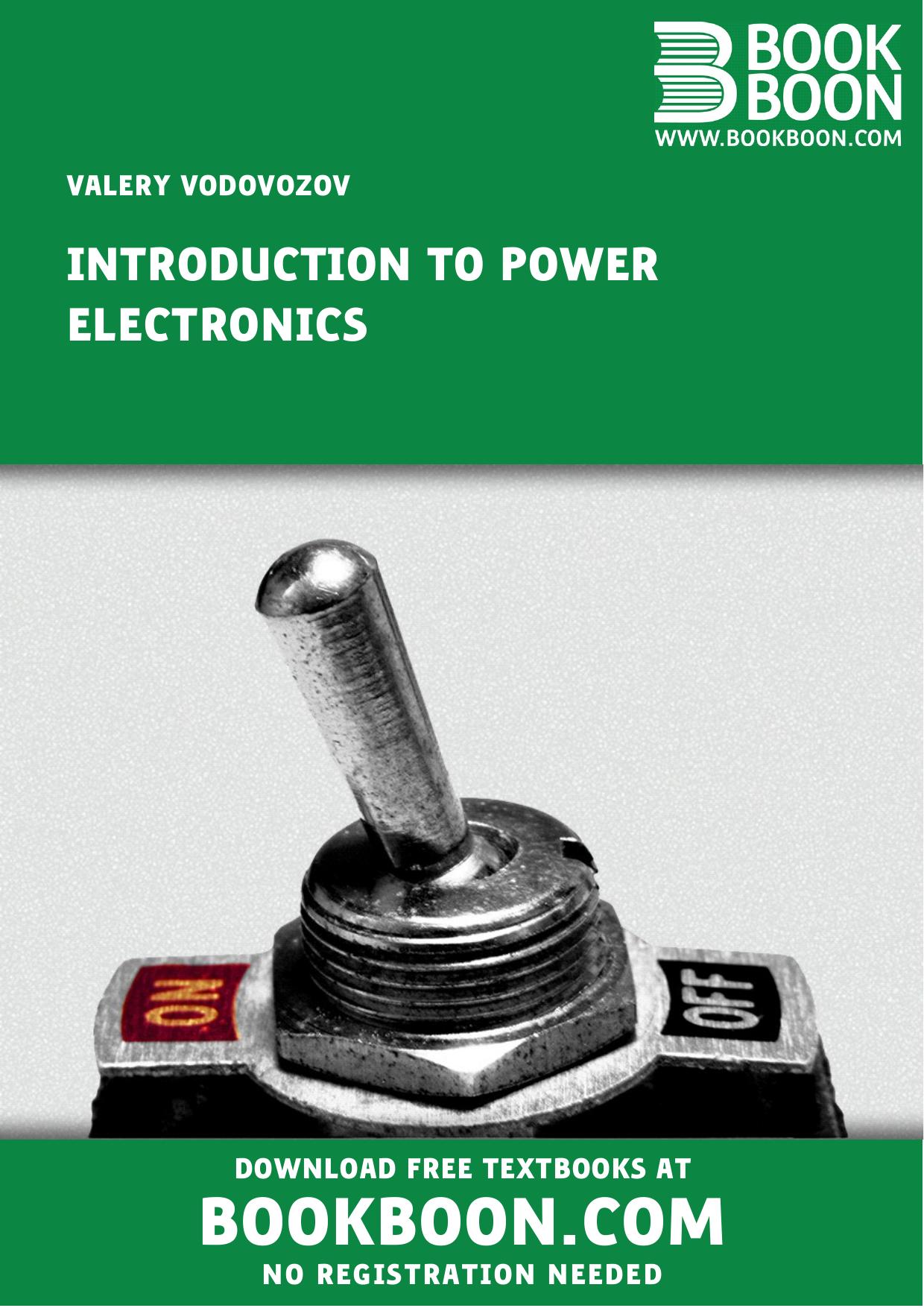Introduction to Power Electronics by Valery Vodovozov

Author:Valery Vodovozov
Language: eng
Format: epub, pdf
Publisher: Bookboon.com Ltd.
Published: 2014-01-27T00:00:00+00:00
An active front-end rectifier can provide a solution for a majority of these problems. A converter with an active rectifier, shown in Fig. 26, can transfer energy in either direction, depending on the switching sequence. The circuit diagram of the rectifier is similar to that of an offline inverter, but it operates as a converter synchronized by the supply line. In the motoring mode, when the load acquires the supply power, the active rectifier passes the currents through the diodes whereas the inverter passes the currents through the transistors. In the braking mode, the inverter turns into the rectifier mode, passing the currents through the diodes, whereas the rectifier becomes an inverter and passes the currents through the transistors. Thus, the advantage of this circuit is that it allows a flexible bi-directional energy transition to and from the load back to the power supply line. A simple energy redirection results in implying the symmetrical circuit, adjusting the power factor to the unity or negative values, and supporting a wide range below and above the supply frequency. For correct operation, it usually requires some minimum value of inductance in the line to avoid damage during switching. Line chokes may need to be added if a supply has high fault level and low-source impedance.
Download
Introduction to Power Electronics by Valery Vodovozov.pdf
This site does not store any files on its server. We only index and link to content provided by other sites. Please contact the content providers to delete copyright contents if any and email us, we'll remove relevant links or contents immediately.
The Art of Coaching Workbook by Elena Aguilar(51004)
Trainspotting by Irvine Welsh(21524)
Twilight of the Idols With the Antichrist and Ecce Homo by Friedrich Nietzsche(18515)
Fangirl by Rainbow Rowell(9109)
Periodization Training for Sports by Tudor Bompa(8175)
Change Your Questions, Change Your Life by Marilee Adams(7641)
This Is How You Lose Her by Junot Diaz(6804)
Asking the Right Questions: A Guide to Critical Thinking by M. Neil Browne & Stuart M. Keeley(5664)
Grit by Angela Duckworth(5526)
Red Sparrow by Jason Matthews(5392)
Paper Towns by Green John(5094)
Room 212 by Kate Stewart(5041)
Ken Follett - World without end by Ken Follett(4648)
Housekeeping by Marilynne Robinson(4349)
The Sports Rules Book by Human Kinetics(4304)
Double Down (Diary of a Wimpy Kid Book 11) by Jeff Kinney(4210)
Papillon (English) by Henri Charrière(4200)
The Motorcycle Diaries by Ernesto Che Guevara(4021)
Exercise Technique Manual for Resistance Training by National Strength & Conditioning Association(3965)
